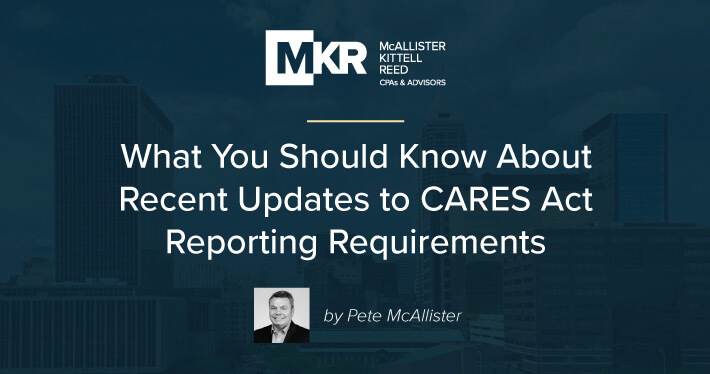The Coronavirus Aid, Relief, and Economic Security (CARES) Act Provider Relief Fund was initially established to provide funding to healthcare service providers impacted by the COVID-19 pandemic. While the financial support has provided much-needed relief, the...










